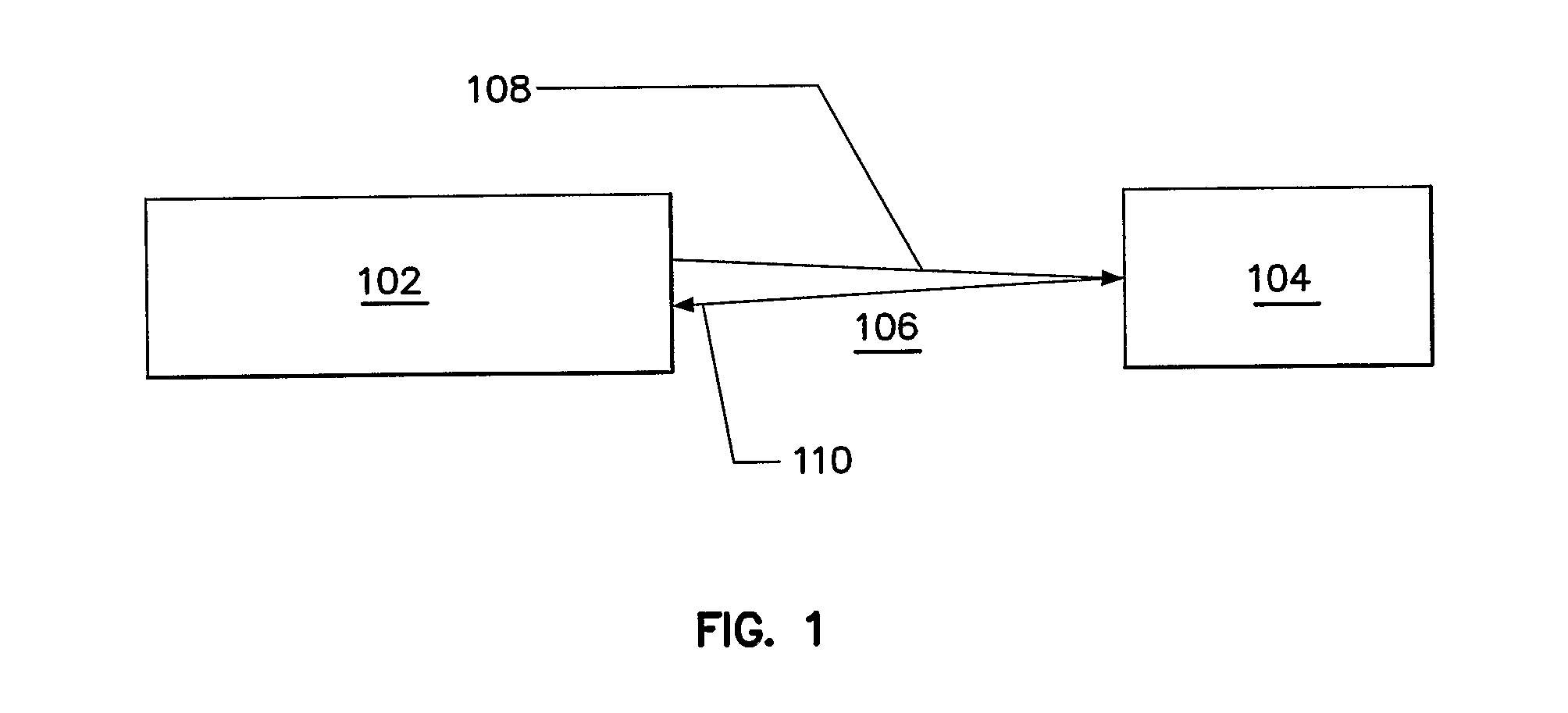Particle detection
a particle detection and particle technology, applied in the field of particle detection, can solve the problems of general inability to distinguish detectors, slow calibration, and type i (false positive) errors of beam detectors
- Summary
- Abstract
- Description
- Claims
- Application Information
AI Technical Summary
Benefits of technology
Problems solved by technology
Method used
Image
Examples
Embodiment Construction
[0154]FIG. 2 shows an embodiment of the present invention. The detector 200 includes a light emitter 202, a receiver 204, and a target 206, acting in co-operation to detect particles in a monitored area 208. Target 206 reflects incident light 210 and thereby forms a light source and returns reflected light 212 to receiver 204. Preferably the target is a corner cube or other reflector adapted to reflect light back along its incident path, or other determined path.
[0155]The term light source as used is intended to be interpreted to include a device that actively produces an illumination from one or more (generally termed a light emitter or transmitter herein) as well as a reflector of an illumination generated by another device (generally termed a target or reflector herein).
[0156]In the preferred embodiment the receiver 204 is preferably a video camera or other receiver having an array of light sensors. A person skilled in the art would appreciate that receiver 204 may be constructed...
PUM
 Login to View More
Login to View More Abstract
Description
Claims
Application Information
 Login to View More
Login to View More - R&D
- Intellectual Property
- Life Sciences
- Materials
- Tech Scout
- Unparalleled Data Quality
- Higher Quality Content
- 60% Fewer Hallucinations
Browse by: Latest US Patents, China's latest patents, Technical Efficacy Thesaurus, Application Domain, Technology Topic, Popular Technical Reports.
© 2025 PatSnap. All rights reserved.Legal|Privacy policy|Modern Slavery Act Transparency Statement|Sitemap|About US| Contact US: help@patsnap.com



